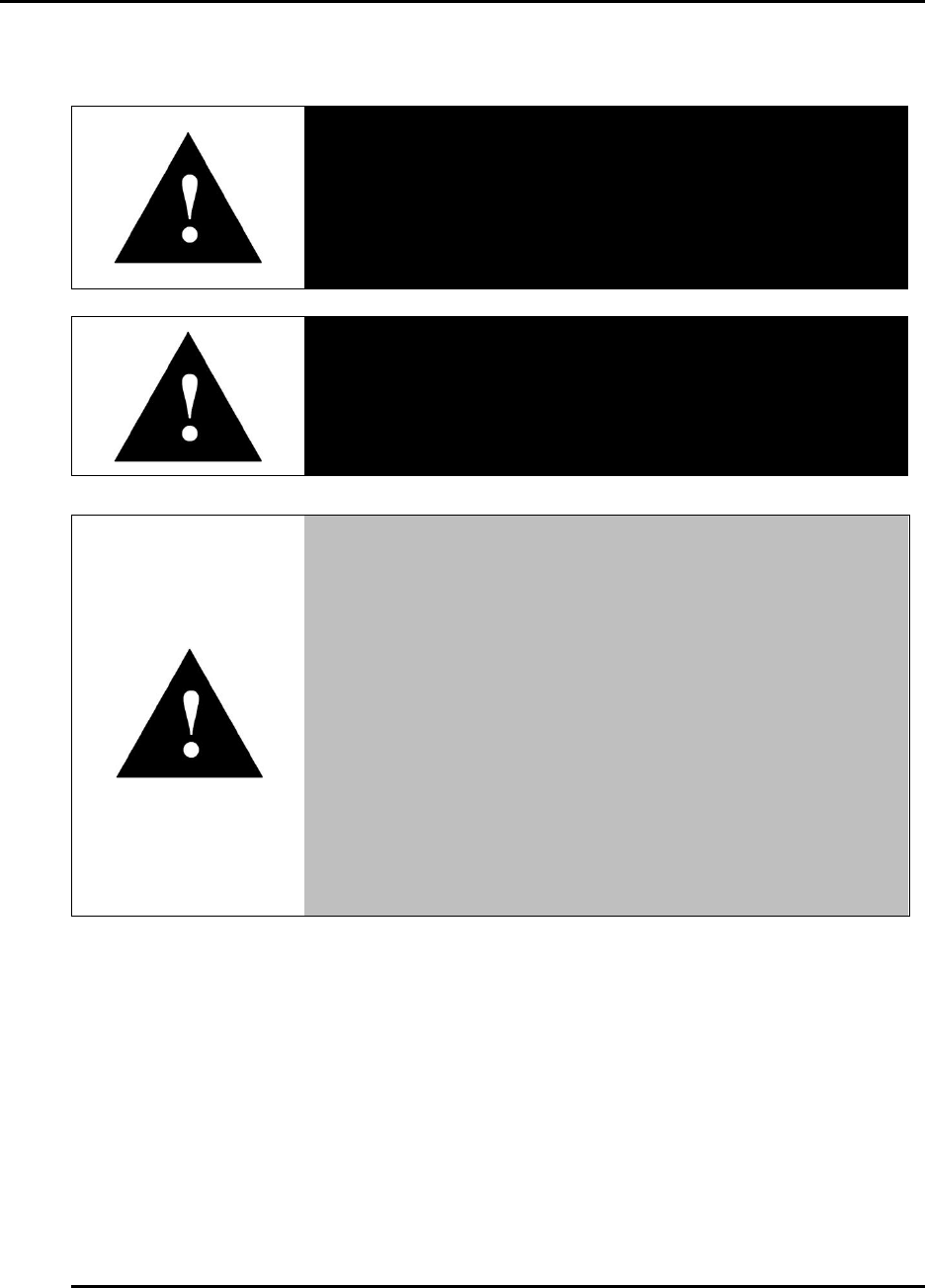User Manual
Table Of Contents
- Revision History
- Table of Contents
- Figures
- Tables
- 1. About This Manual
- Copyright © 2012 by Despatch Industries.
- Printed and bound in the United States of America.
- Table 1. Operating/Environmental Conditions (For indoor use).
- 2. Safety
- 2.1. Safety Information
- 2.1.1. Lockout
- 2.1.1.1. Lockout Requirements
- 2.1.1.2. Lockout Procedure
- 2.2. Provisions for Lifting and Carrying
- 2.3. Maintenance
- 2.4. Electrical Power
- 2.5. Fire
- 2.6. Equipment Lockout Requirements
- 2.6.1. Emergency Stop
- 2.7. Disconnecting Devices
- 2.7.1. Power Requirements
- 2.7.2. Disconnecting Hard-Wired Units
- 2.7.3. Disconnecting Corded Units
- 2.7.4. Disconnecting Units with Optional Disconnect Switch
- 3. Theory of Operation
- Table 2. Control Instrument Explanations.
- Review the Protocol 3 Controller Owner’s Manual for more information.
- Table 3. High Limit Instrument Explanations.
- 4. Assembly & Setup
- 5. Operation
- Table 4. Control Instrument Operating Parameters.
- Table 5. Control Instrument Set-up Parameters.
- Refer to Table 5 to change tuning parameters, if necessary.
- Table 6. High Limit instrument Setup Parameters.
- 6. Maintenance
- 6.1. Checklist
- 6.2. Lubrication
- 6.3. Cleaning and Decontamination
- 6.3.1. Cleaning the LBB Series Oven
- 6.3.2. Decontaminating the LBB Series Oven
- 6.4. Routine Tests
- 6.4.1. Test Control Instrument
- 6.4.2. Test High Limit Instrument
- 6.5. Replacement Parts
- 6.5.1. Replace the Control Instrument
- 6.5.2. Replace High Limit Instrument
- 6.5.3. Replace (Optional) Protocol 3 Controller
- 6.5.4. Replace Heater Unit
- 6.5.5. Replace Fan Motor
- 7. Troubleshooting
- Table 7. Common Technical Issues and Remedies.
- 8. Appendices
- Each oven schematic (Section 0) shows the wiring for this option.
- Each oven schematic (Section 8.4) shows the wiring for this option.
- Each oven schematic (Section 0) shows the wiring for this option.
- Table 8. LBB1-23A-1 Parts.
- Table 9. LBB1-23B-1 Parts.
- Table 10. LBB1-43A-1 Parts.
- Table 11. LBB1-43B-1 Parts.
- Table 12. LBB1-69A-1 Parts.
- Table 13. LBB1-69B-1 Parts.
- Table 14. LBB2-12-1 Parts.
- Table 15. LBB2-18-1 Parts.
- Table 16. LBB2-27-1 Parts.

MAINTENANCE LBB Series Oven Owner’s Manual
42 Version 15
Copyright © 2012 by Despatch Industries.
All rights reserved. No part of the contents of this manual may be reproduced, copied or transmitted in any form or by any
means including graphic, electronic, or mechanical methods or photocopying, recording, or information storage and
retrieval systems without the written permission of Despatch Industries, unless for purchaser's personal use.
6. Maintenance
Danger!
Failure to heed warnings in this instruction manual and on
the oven could result in personal injury, property damage or
death.
Danger!
Do not attempt any service on this oven before opening the
main power disconnect switch.
6.1. Checklist
Keep equipment clean. Gradual dirt accumulation retards airflow. A dirty oven can result in
unsatisfactory operation such as unbalanced temperature in the work chamber, reduced
heating capacity, reduced production, overheated components, and the like. Keep the walls,
floor and ceiling of the oven work chamber free of dirt and dust. Floating dust or accumulated
dirt may produce unsatisfactory work results. Keep all equipment accessible. Do not permit
other materials to be stored or piled against it.
Protect controls against excessive heat—particularly controls, motors or other equipment
containing electronic components. Temperatures greater than 51.5°C (125°F) should be
avoided.
Warning!
Do not place this oven in an environment harmful to electrical
components.
Placing this oven in an environment detrimental to electrical
components (for example, environments where carbon fibers,
coal dust or similar contaminants may be present) may result
in component failure.
Do not use liquids in the oven. Do not set product or liquids
on top of the oven. Liquids that may spill on the oven floor or
top of oven may cause considerable damage to the oven.
Contact Despatch for options available to help prevent such
failures.










